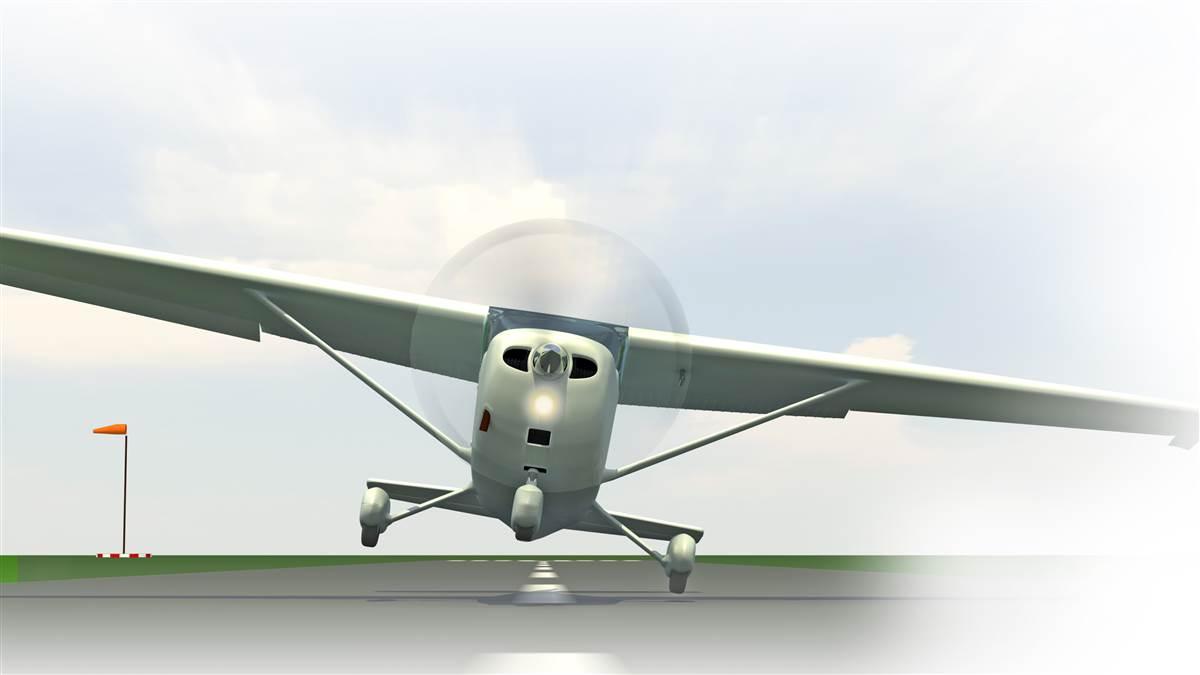
Crosswind landings get most of our attention, but being able to execute a proper crosswind takeoff is equally important. Not only is the takeoff the pilot’s opening act and the chance to set the tone for the rest of the flight, it’s also a time when we carry lots of energy close to the ground. That means we should try our best to get crosswind takeoffs perfect every time.
Windsock wisdom
Most airport windsocks are rated at 15 knots, meaning they point straight out starting at that point. How much faster than 15 knots the wind is can be obtained from the weather report.
 Step by step
Step by step
1. Aileron into the wind. Start the takeoff roll with the aileron deflected fully into the wind. Do this regardless of the wind strength. It’s a good way to mentally commit to the correct control input.
2. Reduce aileron as speed increases. As the aircraft moves faster, the ailerons will become more effective. As they do, reduce aileron input slowly toward neutral. How much to reduce it will depend on the wind speed and the airplane, and can be determined through experience.
3. Keep straight with rudder. Since you’re still on the ground, the rudder pedals will control steering. Keep the airplane straight with those.
4. Level the wings after liftoff. One wheel may come off the ground first. That’s OK, so long as it’s the downwind wheel. After all three lift off, level the wings with aileron and allow the airplane to crab, or weathervane, into the wind. Keeping the airplane straight with rudder and aileron into the wind will result in a drag-inducing slip.



